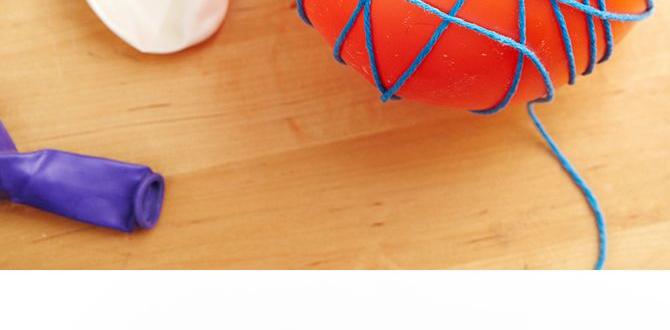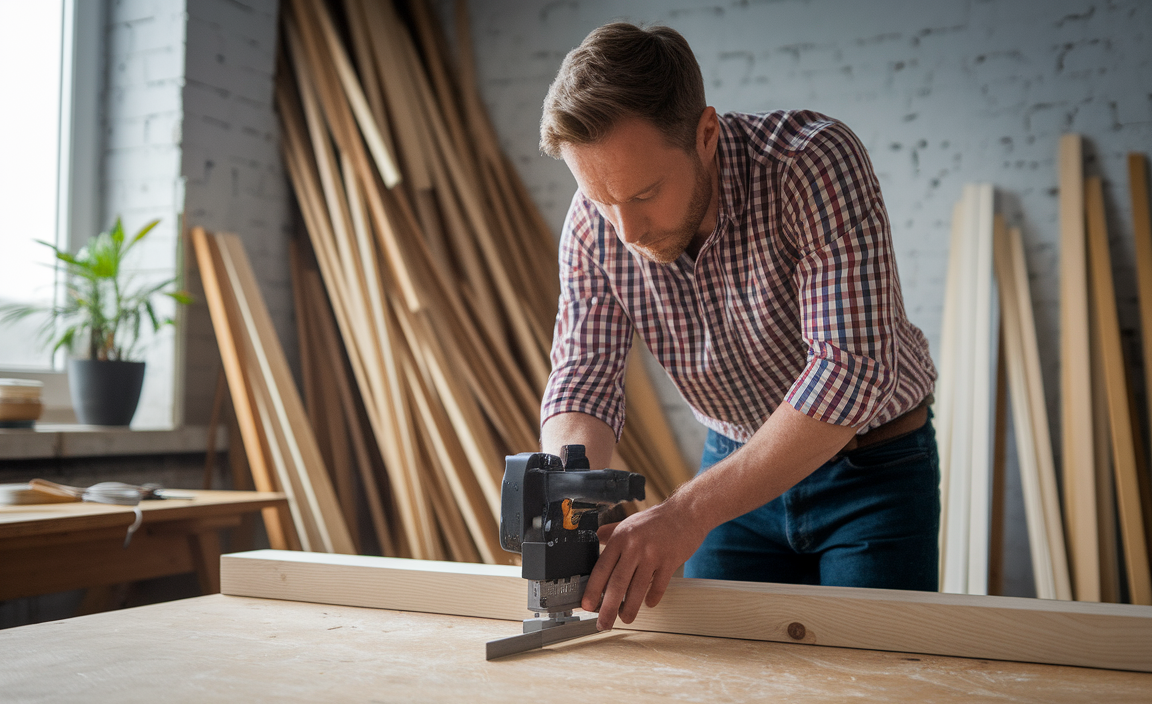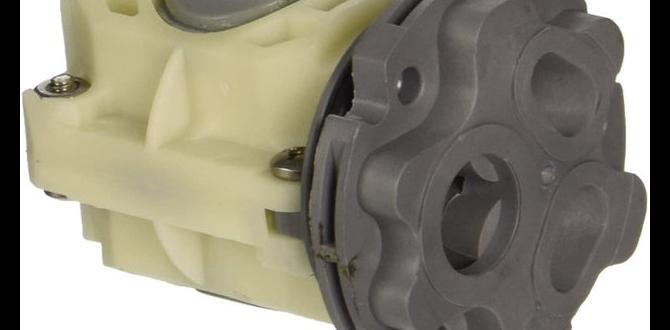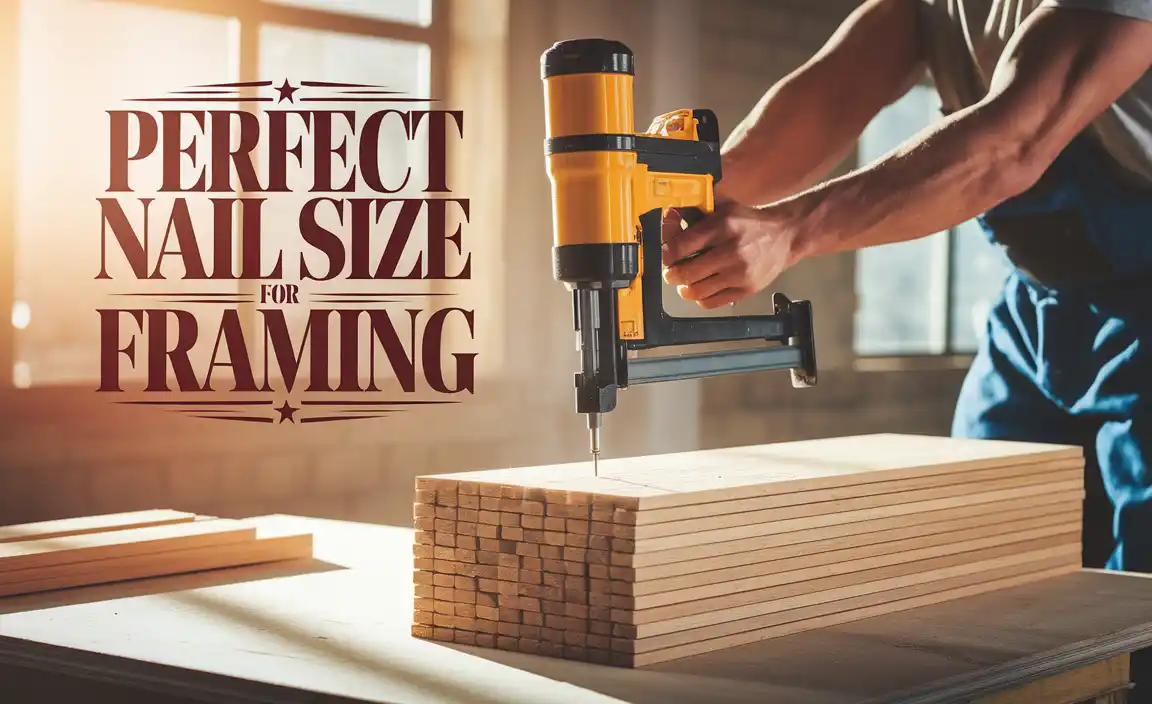Imagine walking into a room and feeling the warmth of beautiful wood flooring beneath your feet. It not only looks great, but it also changes the whole feel of your home. Have you ever wondered how much wood flooring you really need? Calculating the right amount is important to get it just right.
Many people make mistakes when figuring out wood flooring quantity. Some buy too little, while others end up with way too much. Did you know that buying too much wood can lead to waste? It can also be costly. Finding the perfect amount ensures your project goes smoothly.
In this article, we will explore how to calculate the wood flooring quantity you need for your space. We will share tips and tricks to make the process easier. Get ready to learn how to make your home warm and inviting with just the right amount of beautiful wood flooring!
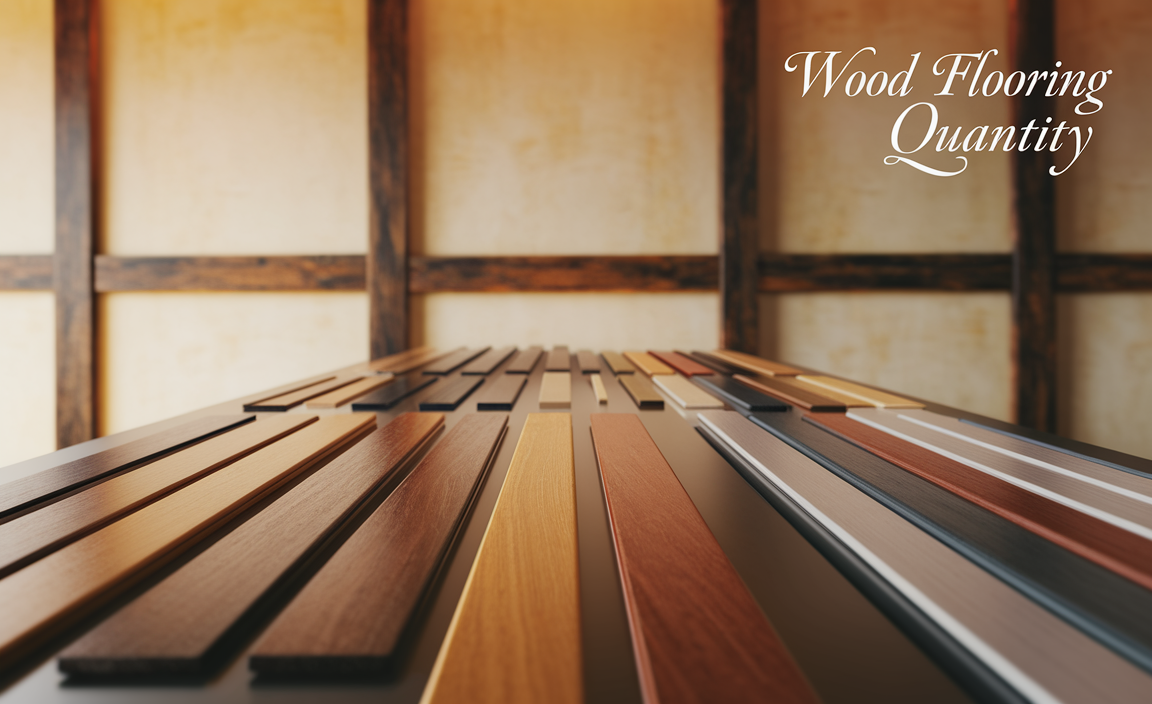
Table of Contents
How To Calculate Wood Flooring Quantity For Your Project
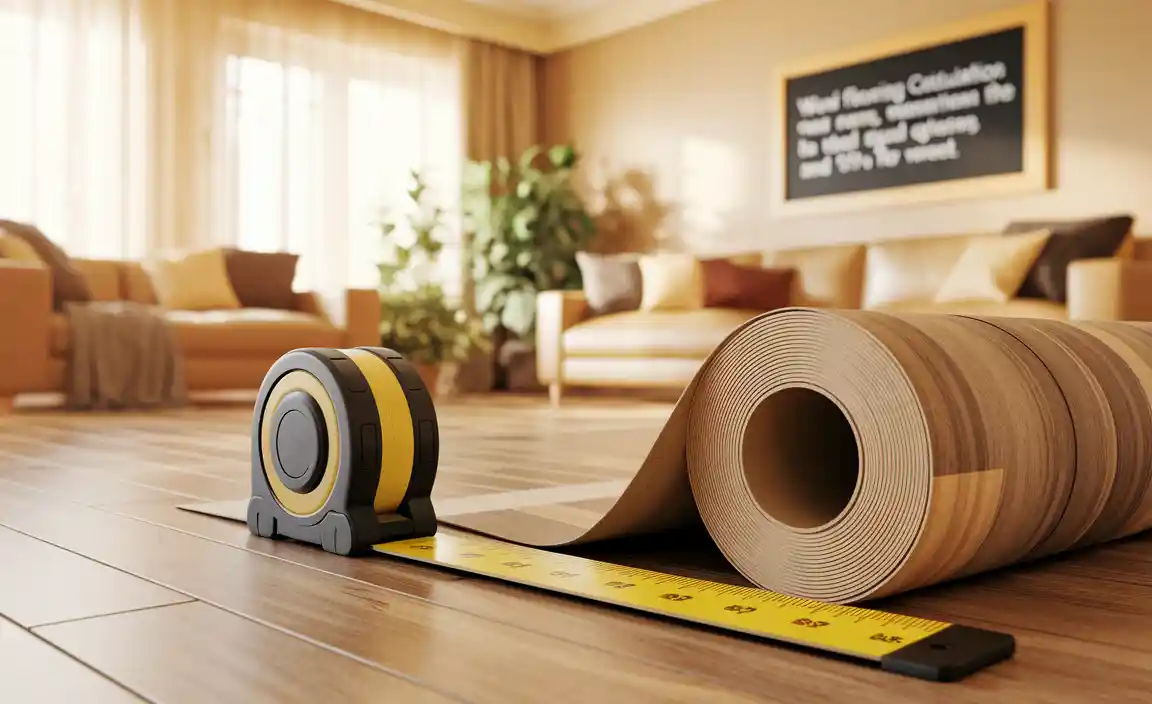
Knowing how much wood flooring you need can save time and money. First, measure the length and width of the room. Multiply these numbers to find the total square footage. Did you know that adding 10% for waste helps prevent future shortages? Choosing the right quantity means your space gets a beautiful finish without extra stress or cost. Planning ahead with accurate measurements makes all the difference—simple steps lead to stunning results!
Understanding Wood Flooring Basics
Types of wood flooring available: solid vs. engineered. Common wood species and their characteristics.
Choosing the right wood flooring can feel like picking a favorite ice cream flavor—there’s a lot to choose from! You mainly have two options: solid wood and engineered wood. Solid wood is like a classic vanilla cone, made from one piece, while engineered wood is mixed like a fun sundae, blending layers for more stability. Common types include oak, which is strong and stylish, and maple, known for its smooth finish. Want to know more? Here’s a quick glance:
| Wood Species | Characteristics |
|---|---|
| Oak | Durable and versatile |
| Maple | Sleek and light-colored |
| Pine | Soft and easy to work with |
So, choose wisely and enjoy your new floor! Remember, it’ll be underfoot for years, giving your home a warm touch.
Calculating Your Flooring Needs
How to measure your space accurately. Recommended techniques for estimating square footage.
Measuring your space correctly is important. First, use a tape measure to find the length and width of each room. Multiply these numbers to get the area in square feet. For tricky shapes, divide the area into rectangles. Then, add them together. Here are some tips:
- Always measure in feet!
- Check for obstacles like furniture.
- Double-check your measurements to avoid mistakes.
With accurate numbers, you’ll know how much flooring to buy!
How can I estimate square footage?
To estimate square footage, multiply the length by the width of the room. This shows how much floor space you have. If the room is not a perfect rectangle, break it into smaller rectangles. Add those areas for better results.
Factors Influencing Wood Flooring Quantity

The importance of accounting for waste and installation errors. The impact of room shape and layout on material needs. Making sure you have enough wood flooring can be tricky. First, always think about waste and mistakes. Sometimes, things can go wrong during installation. A little extra can save you from running out. Second, consider the shape and layout of your room. Odd shapes need more cutting and fitting, which means you’ll need more materials. So, before you hit that “buy” button, measure twice and smile while you count!
| Factor | Impact on Quantity |
|---|---|
| Waste and Errors | Increase needed quantity by 10-15% |
| Room Shape | Require more flooring for non-square layouts |
Selecting the Right Wood Flooring Thickness
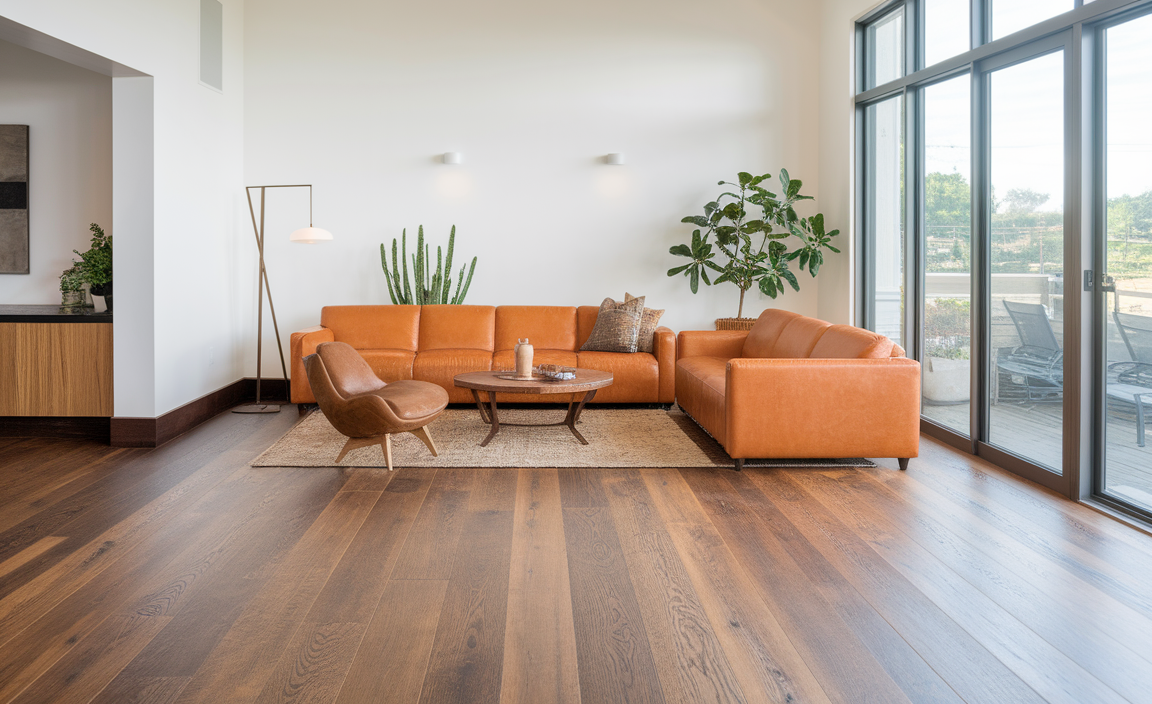
Common thickness options and their suitability for different applications. How thickness affects the quantity needed per project. When choosing wood flooring, thickness matters. Common thickness options include:
- 1/2 inch: Good for above-grade installations.
- 3/4 inch: Best for most residential applications.
- 5/16 inch: Ideal for areas needing lower height.
Thicker floors often last longer, but they also require more material. This affects the quantity needed for your project. Think about the space and how you’ll use it.
What thickness is best for different spaces?
1/2 inch is great for basements, while 3/4 inch suits living areas. Choose wisely based on your room.
Understanding Packaging and Coverage Rates
Typical coverage rates for various wood flooring types. How packaging sizes can affect the total quantity purchased.
Wood flooring can come in different types, and each has its own coverage rate. Typical coverage rates for common choices are:
- Solid wood: covers about 20 to 25 square feet per box.
- Engineered wood: covers about 30 to 35 square feet per box.
- Laminate wood: covers about 30 to 40 square feet per box.
Packaging sizes matter too. If you buy larger boxes, you get more flooring at once. This can lower the overall cost per square foot. It’s smart to estimate how much you need before buying.
How does packaging size affect purchasing?
The size of the package changes how much flooring you buy. Smaller packages can lead to higher costs per square foot. Buying in bulk can save money. Always measure your space first!
Estimating Additional Materials Required
Essential underlayment considerations. Other materials to account for: adhesives, trims, and moldings.
Before laying down wood flooring, it’s crucial to plan for extras. First, get the right underlayment. This layer helps with sound and moisture. If you skip it, you might hear every creak like an old haunted house! Next, don’t forget adhesives; they stick everything together nicely. Finally, think about trims and moldings. They make your floors look neat and stylish. Here’s a quick table to help you out:
| Material | Purpose |
|---|---|
| Underlayment | Sound and moisture control |
| Adhesives | Bonding boards together |
| Trims | Finishing touches |
| Moldings | Hiding expansion gaps |
Having these materials ready saves time and trouble. Now you’re all set for that flooring adventure!
Professional vs. DIY Installation Considerations
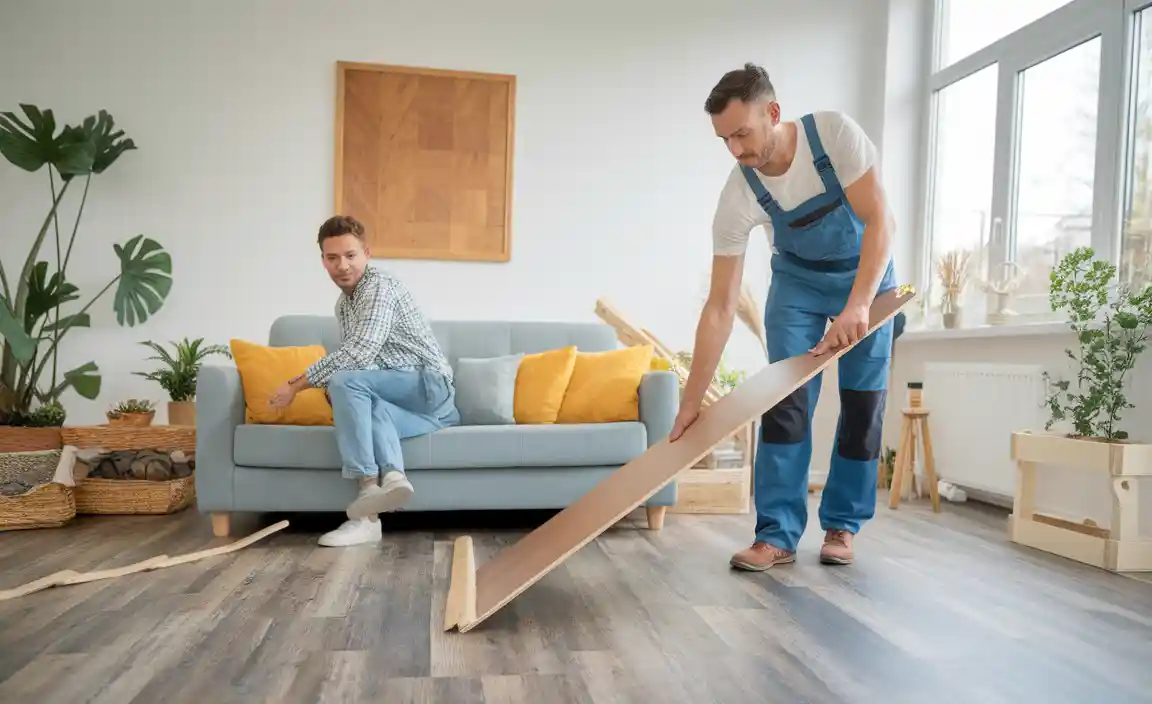
How installation method impacts the quantity of wood flooring needed. Cost considerations when hiring professionals vs. doing it yourself. Choosing between a pro and a DIY project can feel like picking between pizza and cake—both delicious, but for different reasons! If you hire experts, they usually know how to minimize waste, which can help with the wood flooring quantity you need. On the flip side, going DIY means you might need extra planks for mistakes. That can hit your wallet too! Here’s a cost breakdown:
| Installation Method | Average Cost |
|---|---|
| Professional Installation | $4-$8 per square foot |
| DIY Installation | $2-$5 per square foot (plus extra for oopsies!) |
Remember, sometimes “Do It Yourself” can turn into “Don’t Involve Yourself!” Choose wisely!
Common Mistakes to Avoid in Ordering Wood Flooring
Frequent miscalculations and how to avoid them. The importance of planning for future repairs and replacements.
Ordering wood flooring can be tricky. Many people make mistakes measuring the space. Always measure twice and add an extra 10% for waste. It’s smart to plan for repairs too. Wood floors can need fixing later, so keep extra planks for replacements. This way, your floor can stay beautiful for a long time.
What are common mistakes in ordering wood flooring?
Common mistakes include inaccurate measurements and not planning for repairs.
Tips to Avoid Mistakes:
- Use precise measurements.
- Add extra material for mistakes.
- Keep extra wood for future repairs.
Conclusion
In summary, understanding wood flooring quantity is crucial for your project. Calculate the right amount by measuring your space accurately. Consider waste and extra pieces for cuts. You can make smart choices that fit your budget and style. Now that you know the basics, check out more resources or ask for advice at your local store!
FAQs
Sure! Here Are Five Related Questions On The Topic Of Wood Flooring Quantity:
Sure! To figure out how much wood flooring you need, first measure the room’s length and width. Then, multiply these two numbers to get the total area. If you want to cover extra spaces or have mistakes, add about 10% more to your total. Always remember to check and recheck your measurements before buying. This way, you’ll have enough flooring for your project!
Sure! Please provide the question you’d like me to answer.
How Do You Calculate The Square Footage Needed For Wood Flooring In A Room?
To find out how much wood flooring you need, start by measuring the length and width of the room. You can use a tape measure for this. Then, multiply the length by the width. This will give you the square footage, which tells you how much flooring to buy. Remember to add a little extra for mistakes or cuts!
What Factors Should Be Considered When Determining The Quantity Of Wood Flooring To Purchase?
You should think about the size of the room where you want the wood flooring. Measure the length and width to find the area. Also, consider if you need extra pieces for mistakes or future repairs. Finally, check if your flooring comes in specific packs or sizes, which can affect how much you need to buy.
How Much Extra Wood Flooring Should Be Ordered To Account For Waste And Future Repairs?
You should order about 10% more wood flooring than you need. This extra wood helps with mistakes or future repairs. For example, if you need 100 square feet, order 110 square feet. This way, you have enough for anything that might happen later.
Are There Any Specific Measurements Or Conversion Factors To Keep In Mind When Estimating The Quantity Of Wood Flooring?
Yes, there are some things to remember. First, you need to measure the room’s length and width. Multiply those numbers to get the area. Then, add about 10% extra for mistakes or waste. This helps make sure you have enough wood flooring.
What Is The Typical Coverage Area Of A Wood Flooring Plank Or Board, And How Does That Affect Overall Quantity Calculations?
A typical wood flooring plank usually covers about 3 to 4 square feet. This means if you have a big room, you need to count how many planks fit. To figure out how much wood you need, divide the room size by the coverage area of one plank. If your room is big, you may need lots of planks. So, knowing the coverage area helps you buy the right amount of wood!
Resource:
-
Measuring for home improvement projects: https://www.homedepot.com/c/ah/how-to-measure-a-room/9ba683603be9fa5395fab901e063d64d
-
Understanding flooring waste factors: https://www.familyhandyman.com/project/how-to-measure-for-new-flooring/
-
Types of wood flooring and their characteristics: https://www.bhg.com/home-improvement/flooring/types-of-wood-flooring/
-
Choosing the right underlayment for floors: https://www.thisoldhouse.com/flooring/21015268/all-about-underlayments

